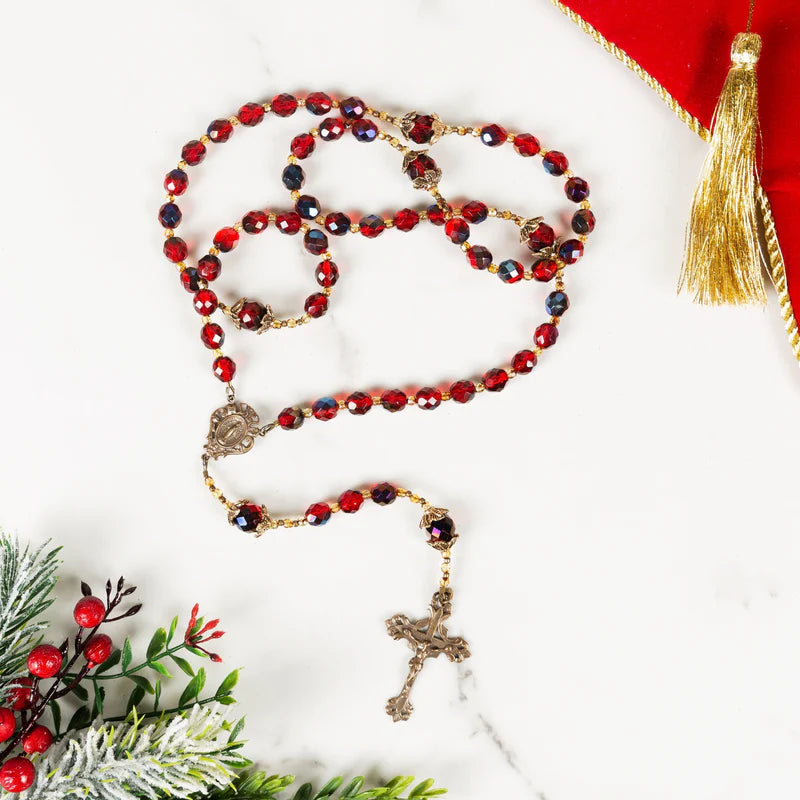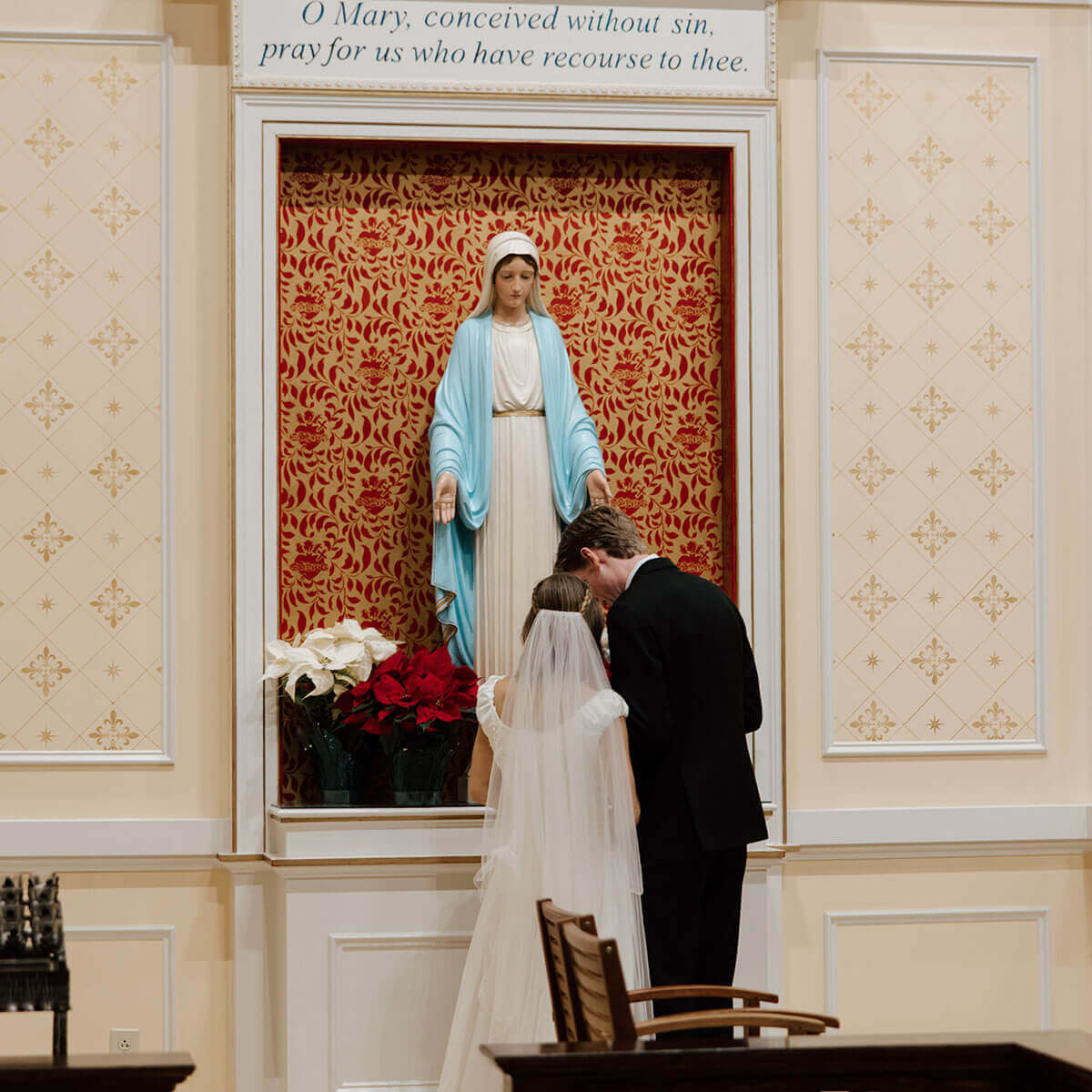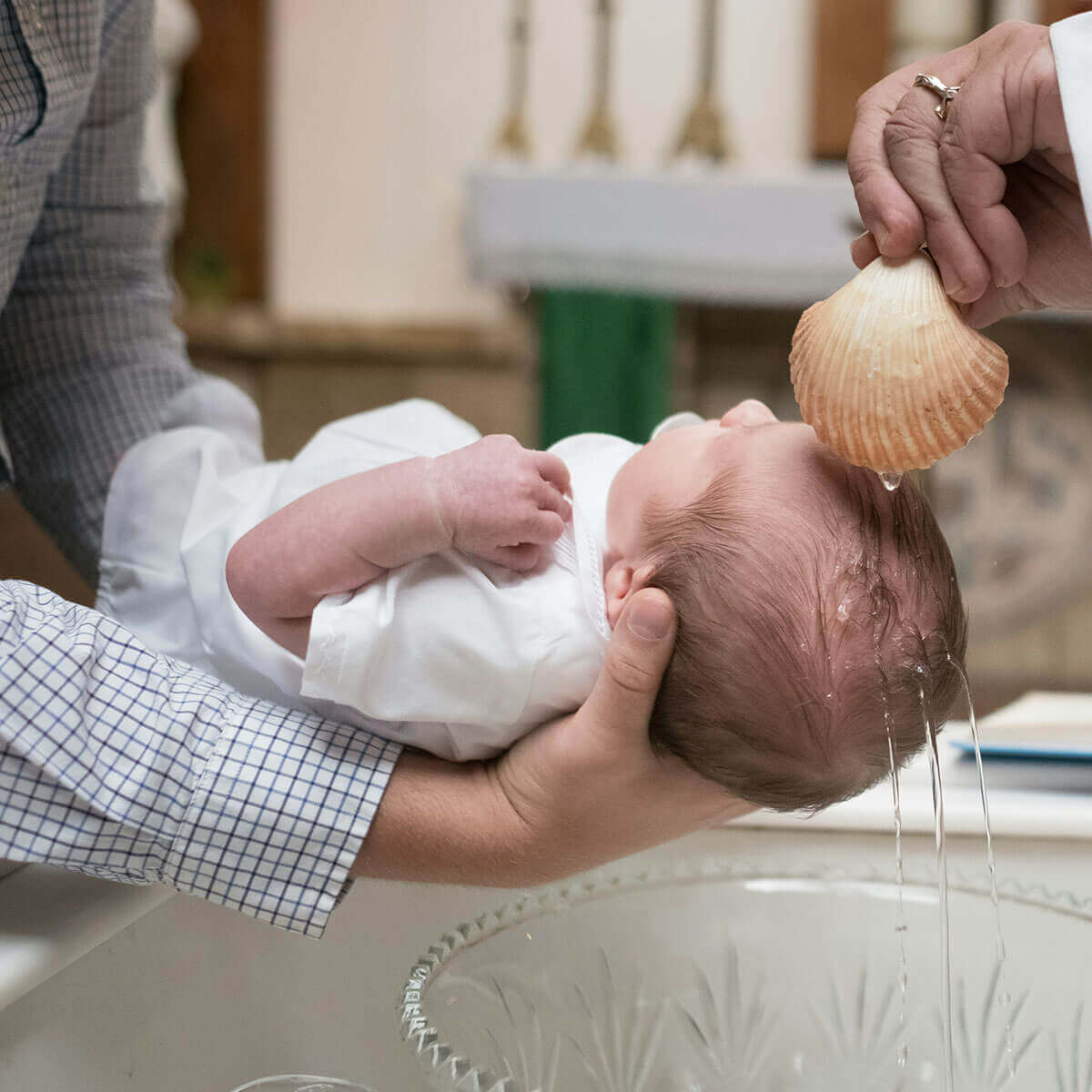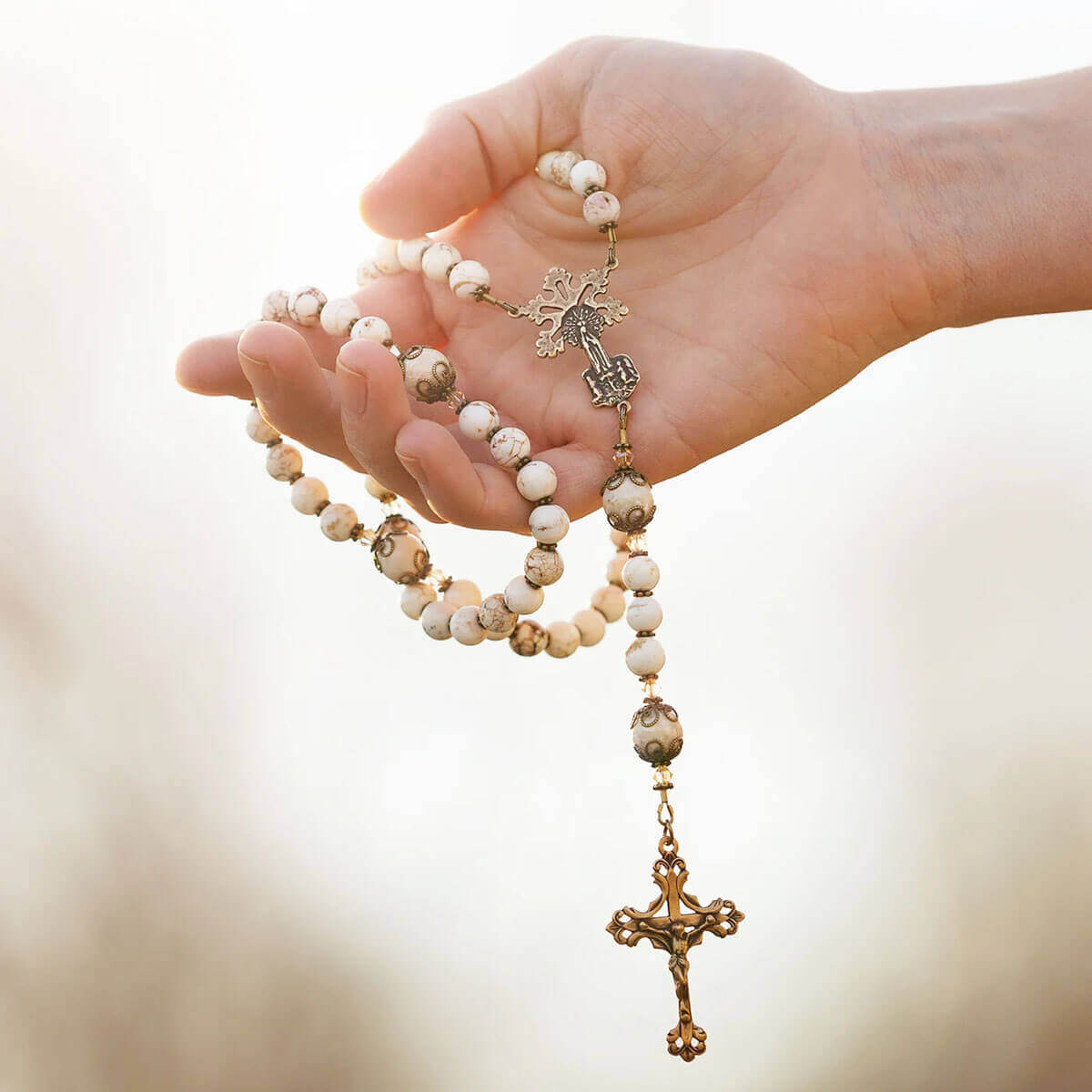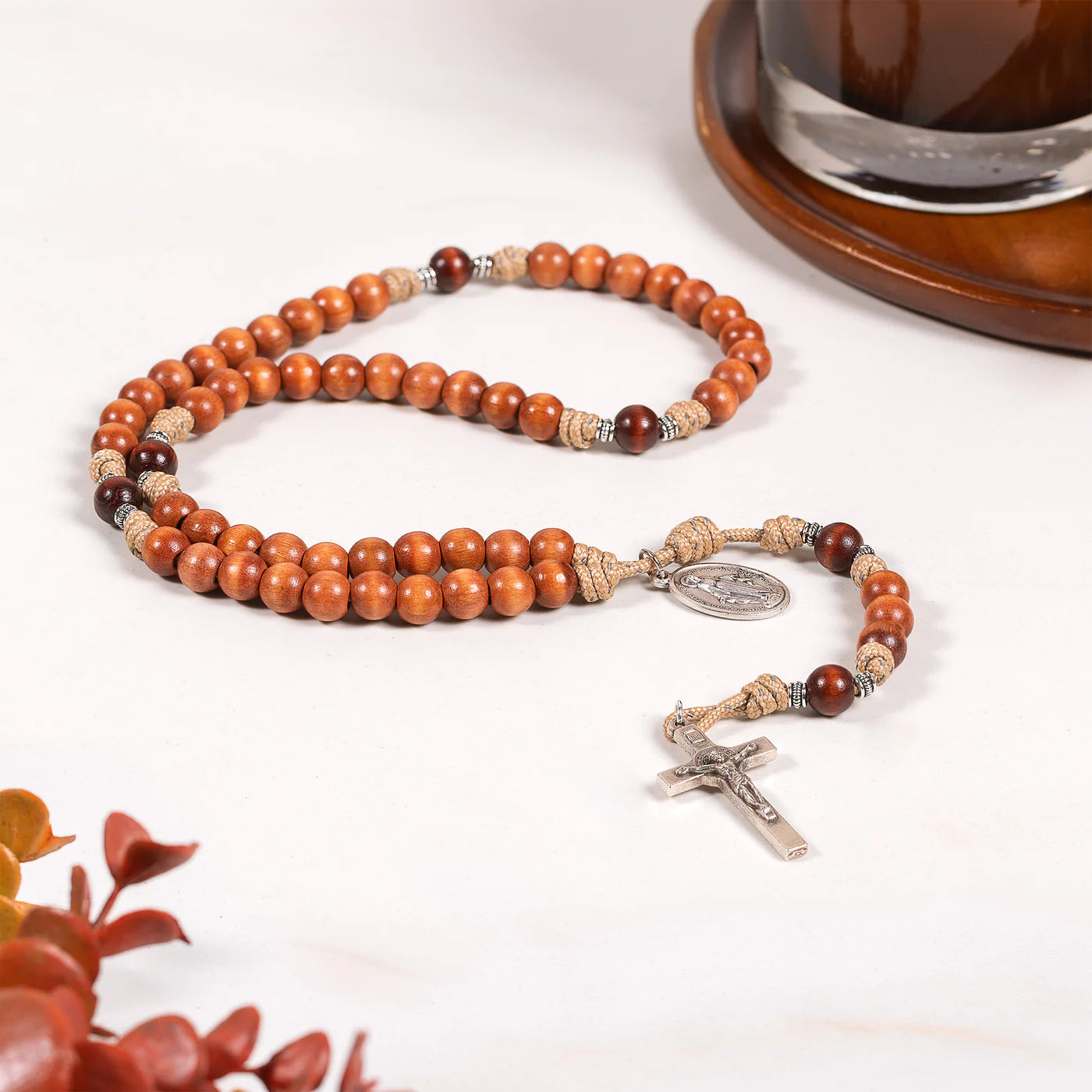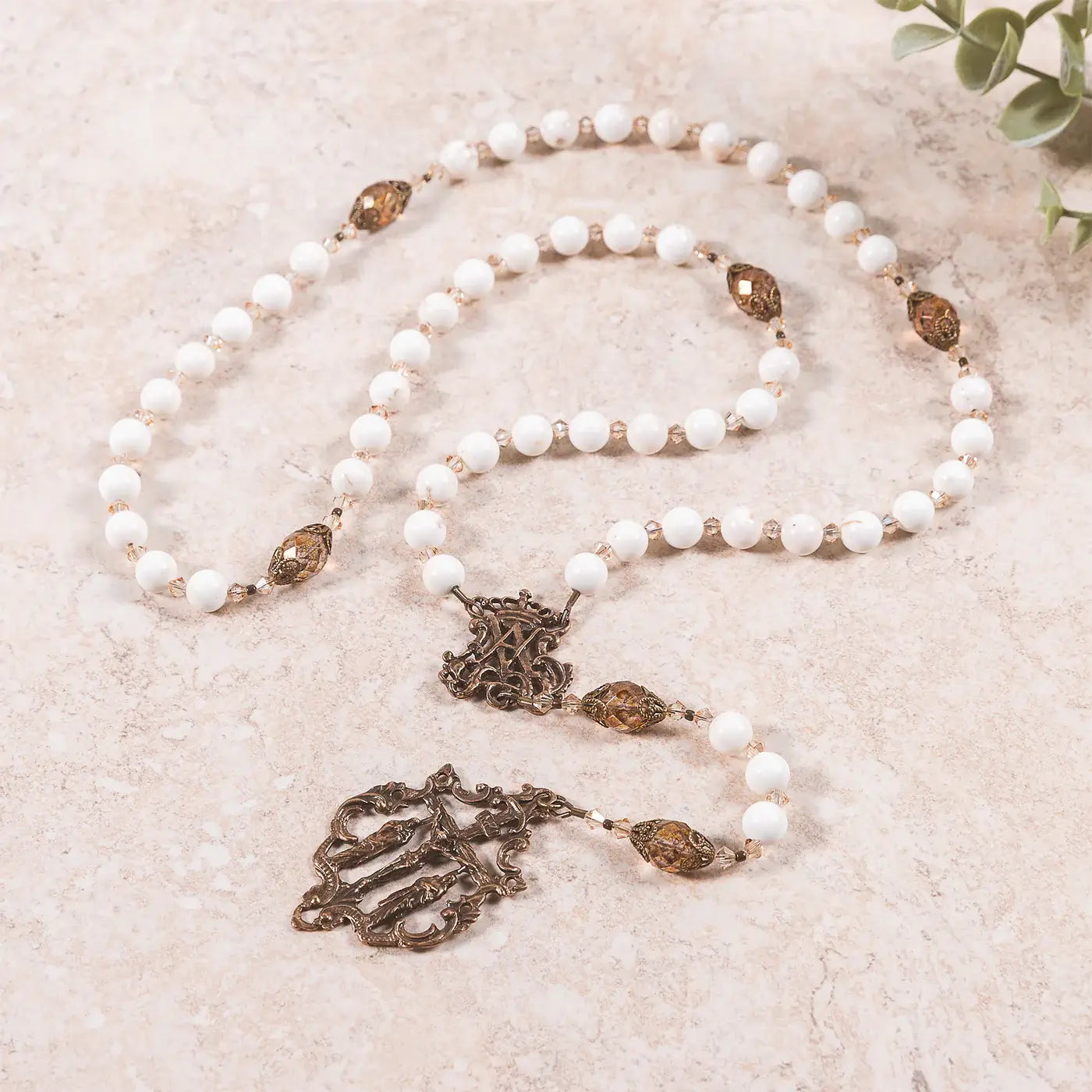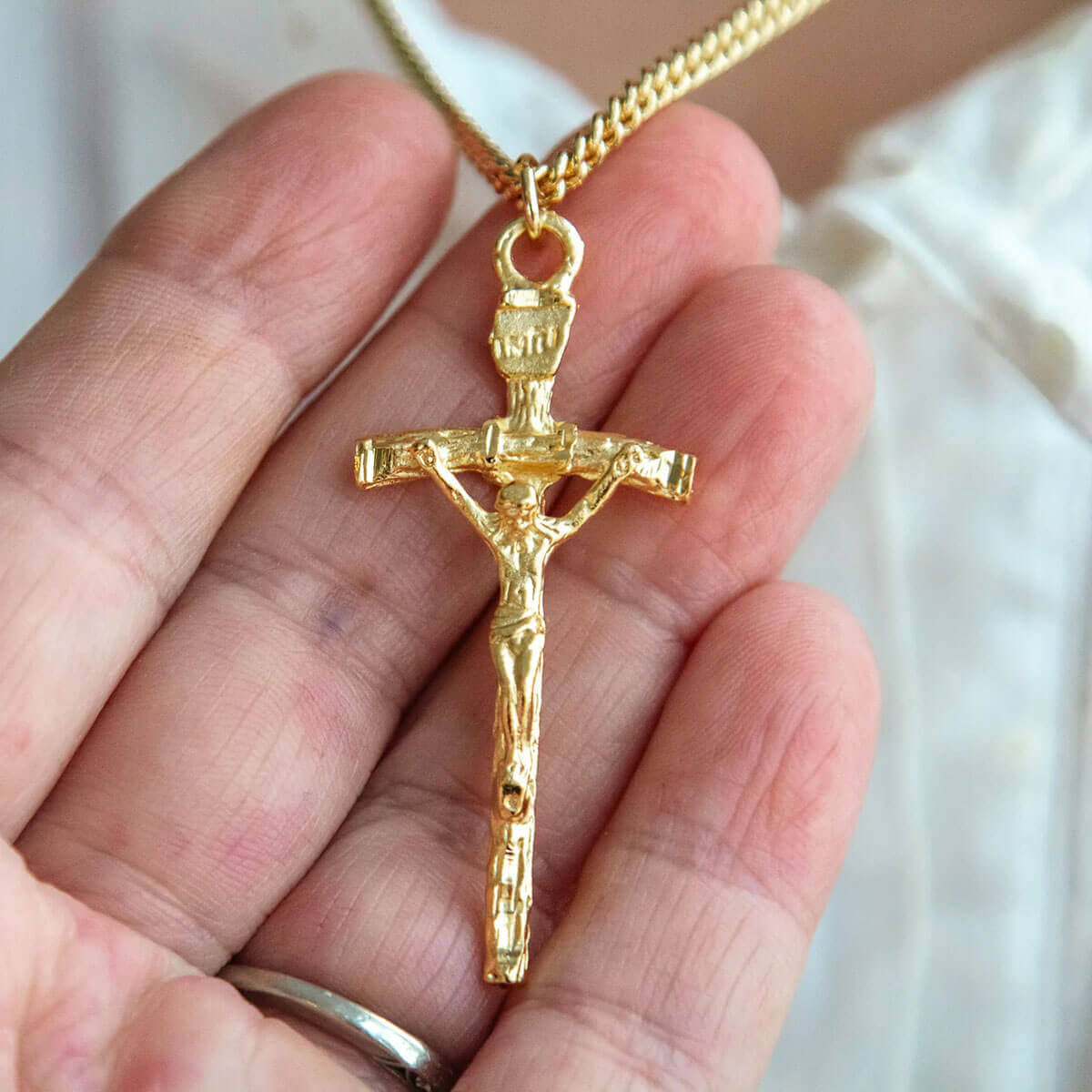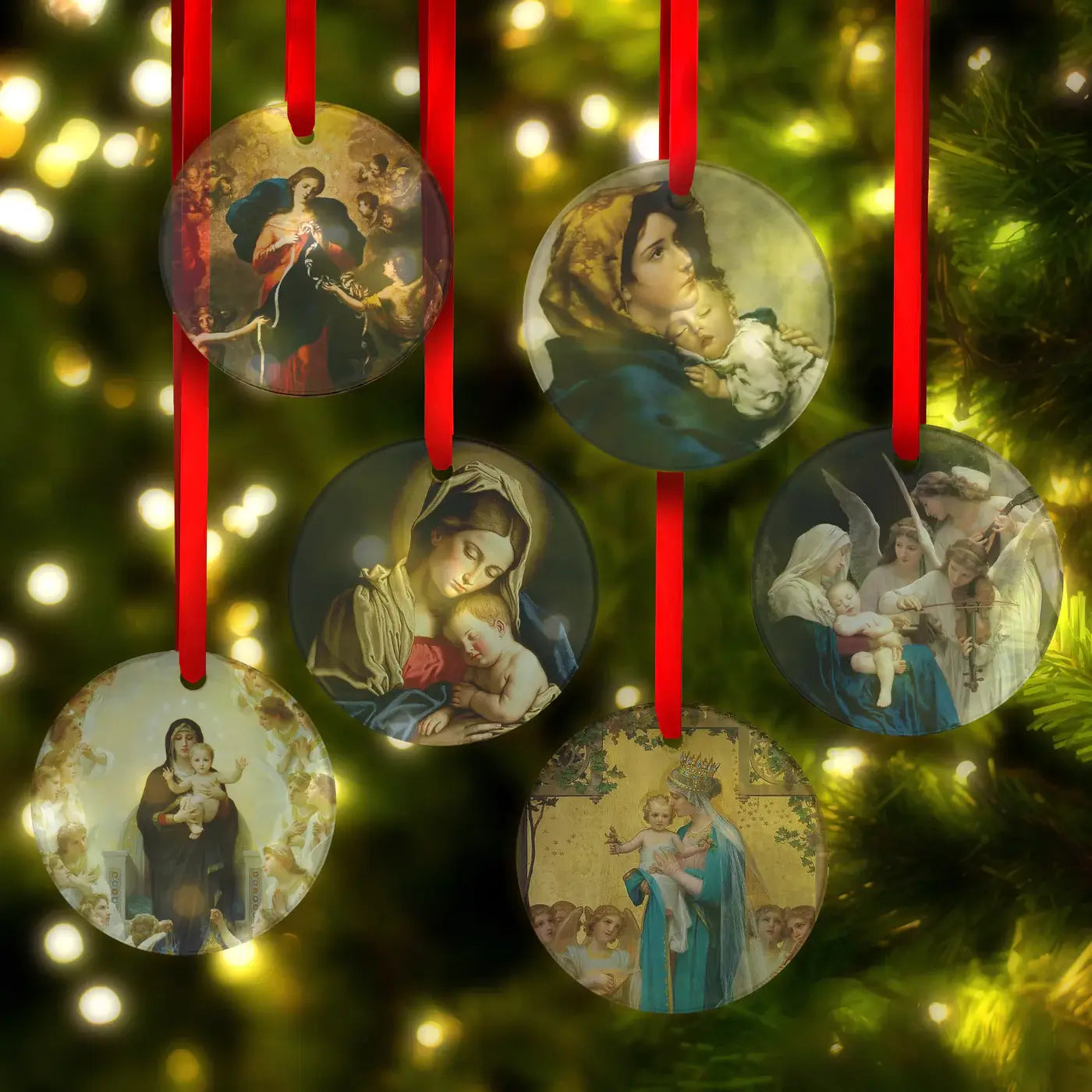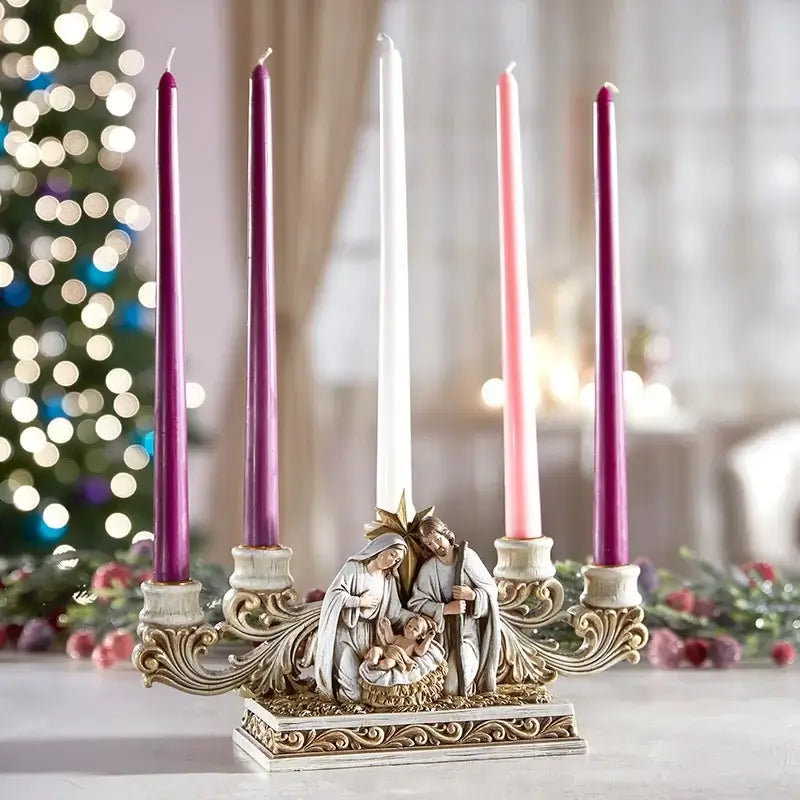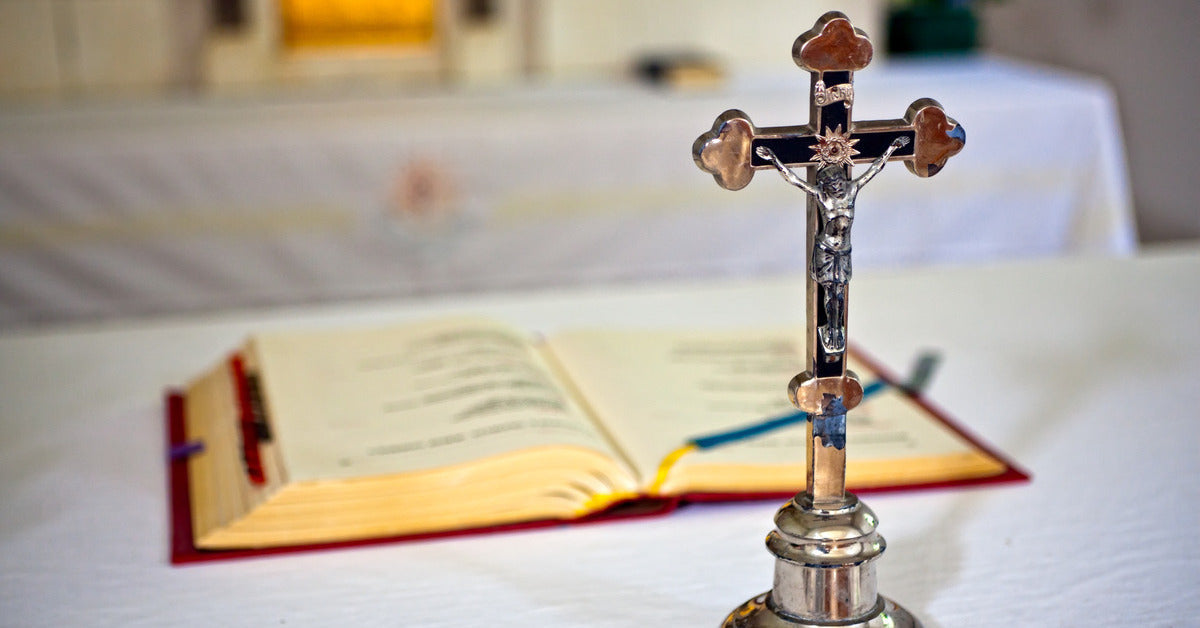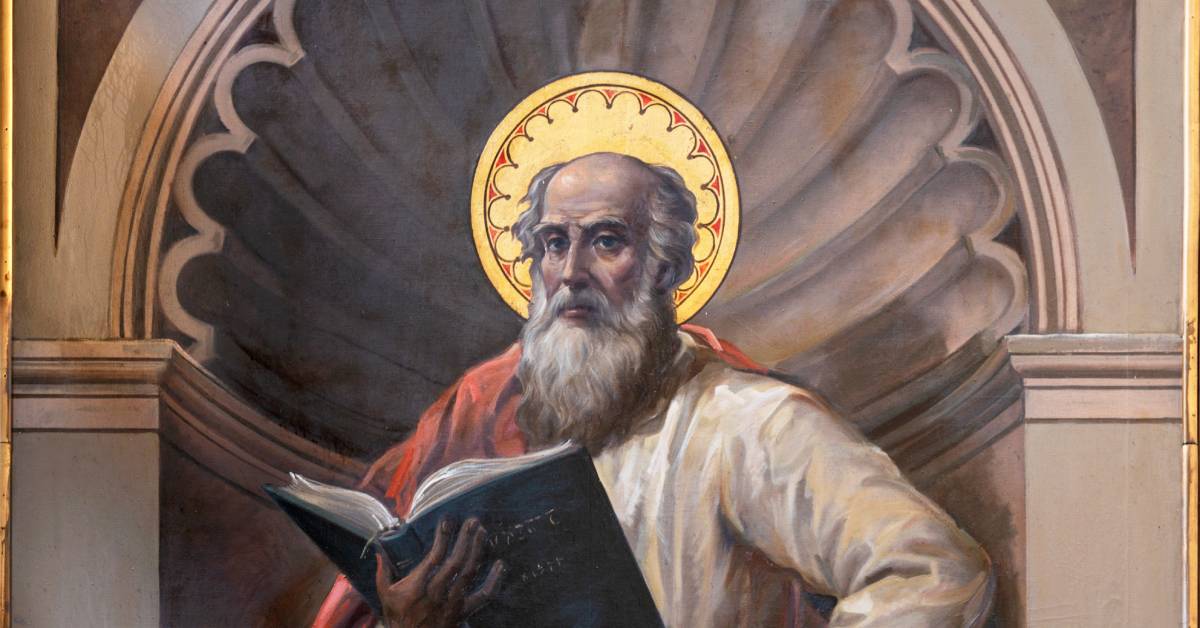The cross and the crucifix inspire contemplation and reverence as they tell the story of Jesus’ sacrifice and invite us to engage with our Catholic Faith. Exploring the difference between the cross and the crucifix helps us uncover profound meanings that serve as a source of inspiration and comfort. Learn more about the unique characteristics of the two and how they reflect aspects of our Faith.
The Cross: Symbolizing Christianity
The cross serves as a general symbol of Christianity, representing its core beliefs and values. Crosses can be found in various forms and styles, from plain wooden crosses to ornate, decorative designs. The cross offers a visual reminder of Jesus’ victory over death and God’s gift of salvation.
The Crucifix: Depicting the Crucifixion of Jesus
The biggest difference between a cross and a crucifix is that a crucifix includes Jesus’ body on the cross. This powerful image specifically emphasizes the crucifixion of Jesus and the suffering He endured for humanity’s salvation. Crucifixes are typically used in Catholic churches and homes, during worship, or as part of personal devotion. The presence of Christ’s body on the crucifix serves as a poignant reminder of His sacrifice and love.
Forms and Styles of Crosses
As mentioned, crosses can be found in a wide array of forms and styles. From the simple Latin cross to the intricate Celtic cross, each design carries its own historical and cultural significance. These variations allow us to express our Faith in diverse and meaningful ways.
Here are a few of the different styles of crosses and their meanings:
- Latin cross: The most recognized symbol of Christianity, the Latin cross features a longer vertical shaft intersected by a shorter horizontal bar.
- Celtic cross: This cross is characterized by a circle around the intersection, representing eternity and the intersection of heaven and earth.
- Greek cross: With arms of equal length, this cross represents—among other things—the Church spreading the Gospel to the north, south, east, and west.
- Jerusalem cross: Comprising a large central cross flanked by four smaller Greek crosses, the Jerusalem cross symbolizes the connection of the Holy City to the wider world.
- Fleur-de-lis cross: This cross features stylized lily petals at the ends and is often associated with purity and the Blessed Virgin Mary.
Designs and Contexts for Crucifixes
Crucifixes feature a detailed depiction of Jesus on the cross, highlighting His body, expressions, and sometimes additional elements, such as the INRI inscription (Jesus of Nazareth, King of the Jews). They can be crafted from various materials, including wood, metal, and resin. Many crucifixes also incorporate surrounding motifs, such as the halo or background scenes.
Crucifixes are not just decorative items—they hold profound spiritual significance. Catholic Church crucifixes are often placed in churches, on altars, and in places of prayer. The crucifix helps us meditate on the death of Jesus and the redemption it won for us.
Both the cross and the crucifix serve as profound symbols of faith within Christianity. The cross stands as a beacon of hope and triumph, representing the core tenets of belief and the promise of salvation. Meanwhile, the crucifix invites us to reflect on the deep love and sacrifice of Jesus and reminds us of the price He paid for our redemption.


